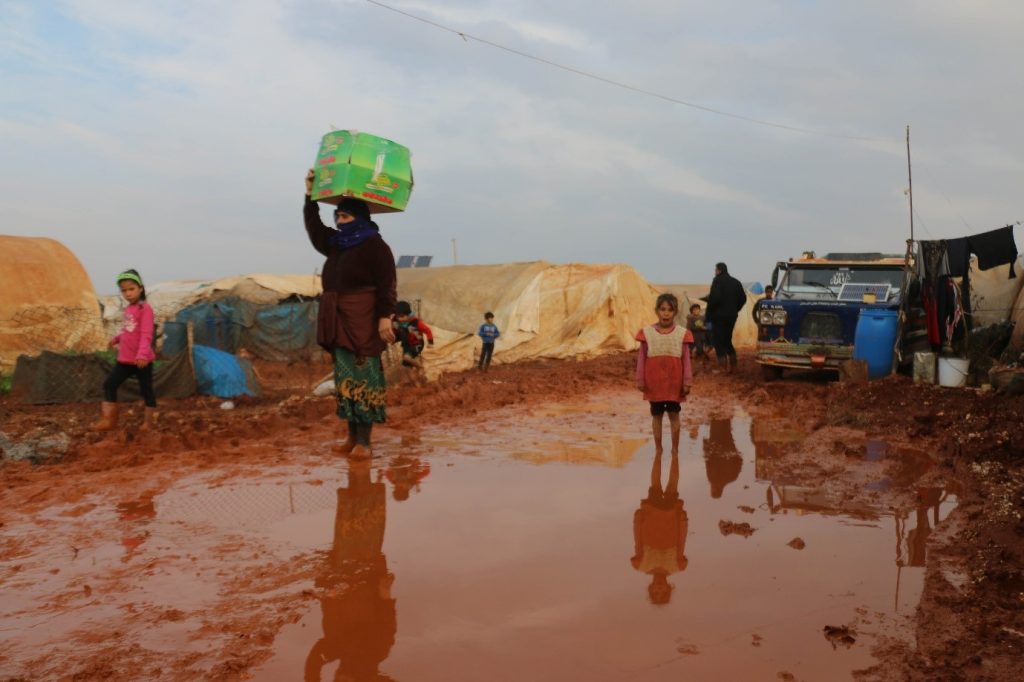

At the end of this training, the participants will be able to:
Identify strategies for improving your oral presentation skills
Describe the socio-economic and gender considerations in early warning system
MODULE 1: INTRODUCTION TO DISASTER COMMUNICATION AND EARLY WARNING SYSTEMS
Introduction to Disaster Communication
Definition of Terms
Disaster Communication concept
Effective communication vs Early Warning Signs
MODULE 2: DISASTER COMMUNICATION SYSTEMS AND PROTOCOLS
Communication in Practice
Public Information Officer (PIO)
Joint Information System (JIS)
Developing Communications Plans
MODULE 3: COMMUNICATING WITH THE PUBLIC
Whole community concept
Community Engagement in Early Warning systems
Community Awareness and Effective Communication
Communication in an incident
MODULE 4: EARLY WARNINGS AND ALERT SYSTEMS
Components of early warning systems
Hazard monitoring and detection
Data analysis and interpretation
Communication and dissemination
Response planning and preparedness
MODULE 5:RISK ASSESSMENT AND DECISION-MAKING IN EARLY WARNING
Risk assessment and forecasting
Hazard and vulnerability assessment
Early warning thresholds and triggers
Decision-making processes based on early warning information
MODULE 6: FUTURE TRENDS AND INNOVATIONS IN MULTI-HAZARD EARLY WARNING SYSTEMS
Emerging technologies and innovations in early warning systems
Social media and early warning
Socio-economic factors in early warning systems
Gender-responsive early warning approaches
Inclusivity and accessibility in early warning information dissemination
Anticipating future challenges and opportunities


Click one of our representatives below to chat on WhatsApp or send us an email to info@humanitarianglobal.com